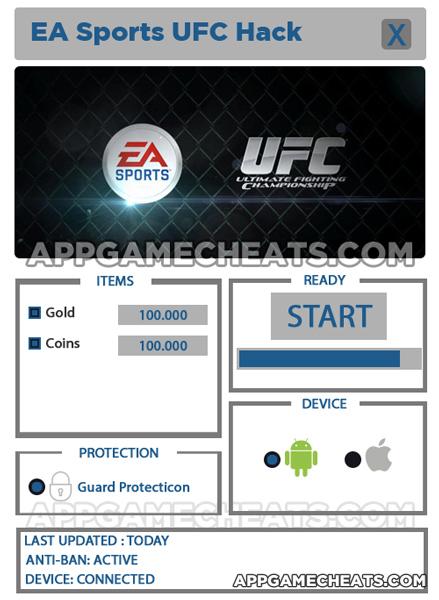In version 0.13 of
Minecraft Pocket Edition we finally get redstone: the blocky world-building game's equivalent to electricity that allows you to wire up powered devices.
With a little redstone (and a few other materials) you can create a lever that turns on a light. Or a button that switches a minecart track. Or a pressure plate that opens a trap door.
It's one of the more complicated aspects of the game. Which is why we've put together an enormous guide to teach you everything you need to know about redstone in
Pocket Edition.
How to get redstoneFirst things first, we need to get some redstone dust. While some very simple mechanisms can be built without the stuff, to do anything interesting we'll need some dust.
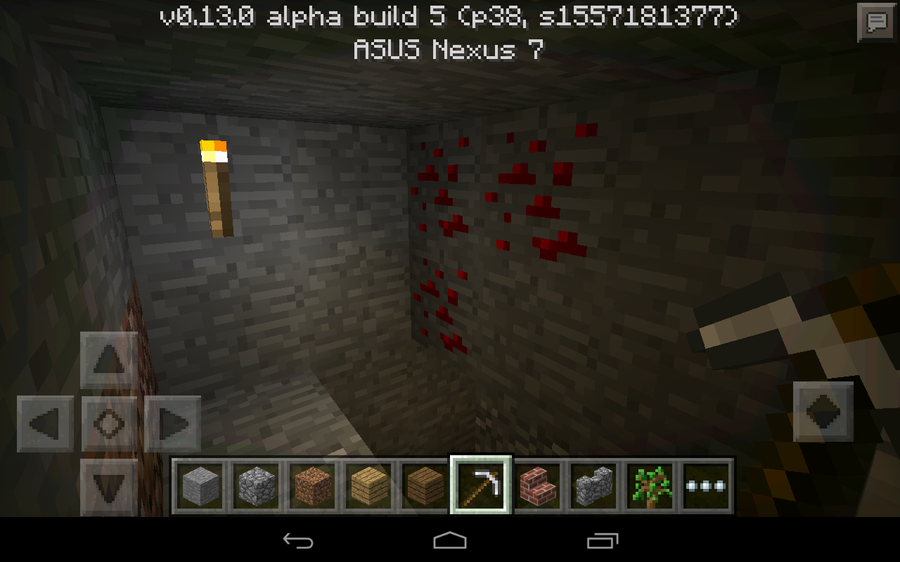
You can find redstone ore deep underground, in blocks that look like this. You'll need an iron pick axe - or stronger - to loosen the dust from the rock when you smash it.
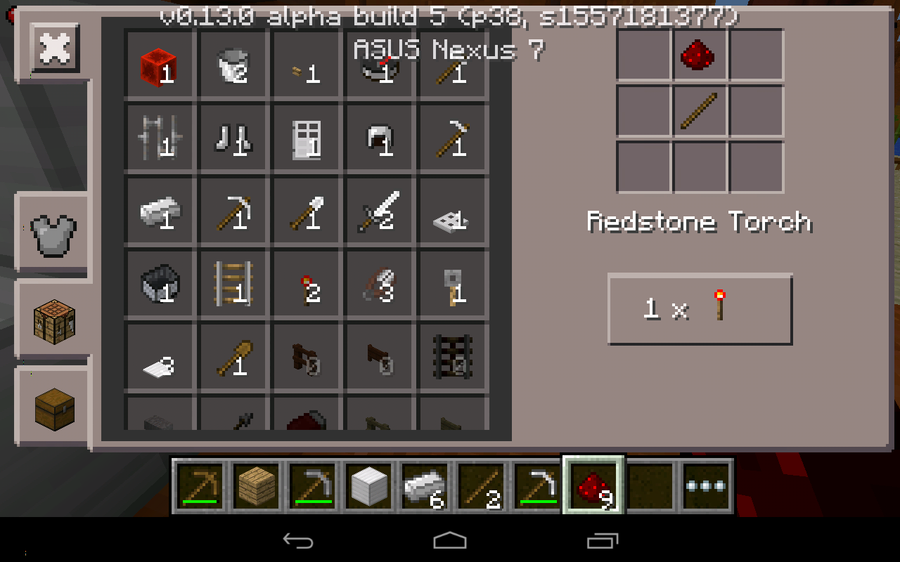
Take the dust back to a crafting table, and get building…
Redstone 101The simplest redstone device needs just two things: a power source (such as a redstone torch, a lever, or a pressure plate) and a device you wish to power (like a redstone lamp, a door, or some TNT).
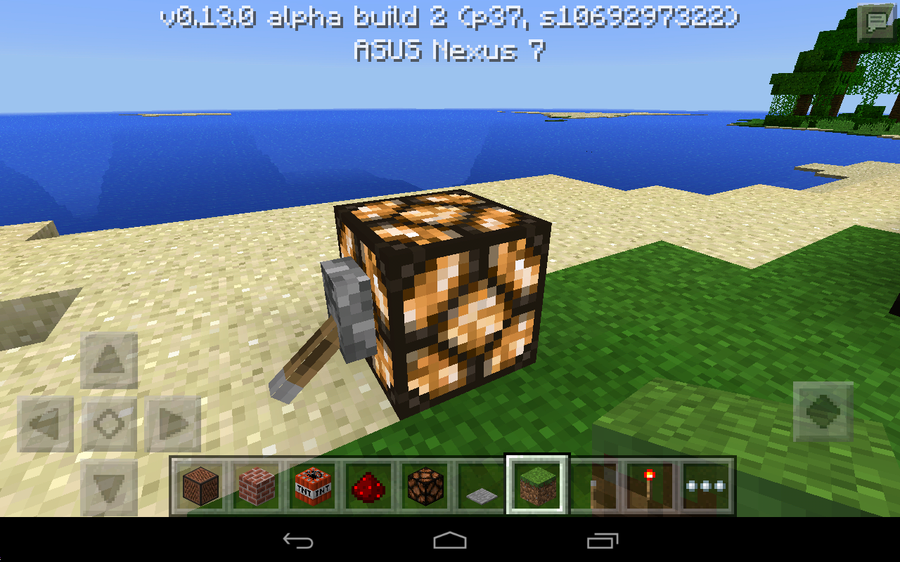
A power source provides power to all neighbouring blocks.
Above, the redstone torch is powering the redstone lamp, because they are sitting in adjacent blocks. (While it might not look like it, the torch is technically a 'block'. We've drawn on the invisible bounding block to make it clearer).
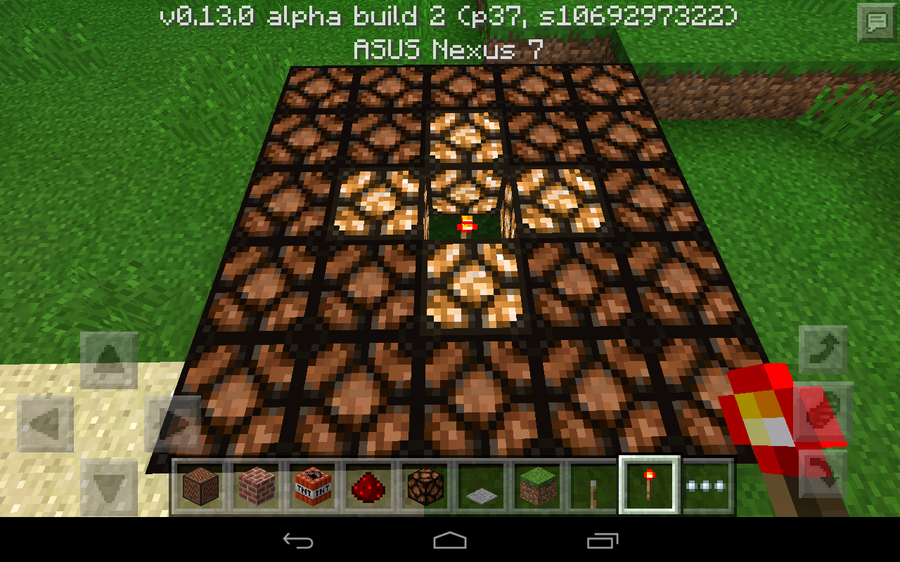
The power source will turn on all the devices in all the adjacent blocks, as shown above.

Some power sources can be attached to the device itself. In this case, we've put a lever on a redstone lamp. When you use the lever, the lamp turns on.
Adding powered blocks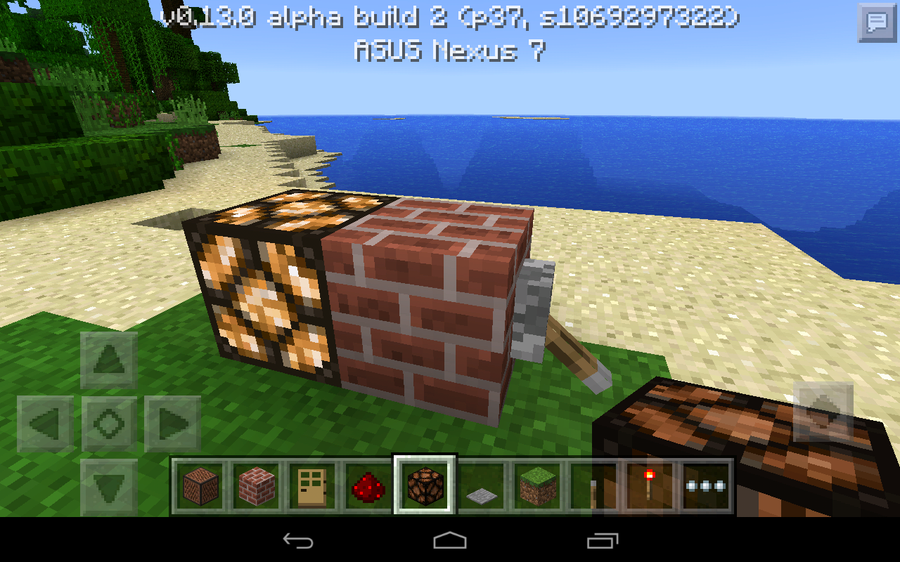
Power sources that explicitly attach to a block - buttons, levers, pressure plates, and trip wires - will also provide power to that block, so it can turn on any neighbouring devices.
In the example above, the lever is powering the brick block, which is then powering the redstone lamp.
Pretty much every opaque, cube-shaped block can be powered - which means dirt, bricks, sand, stone, and two slabs stacked on top of each other. Transparent and non-cube bricks, like stairs, glass, and chests, cannot.
Exceptions to this rule are ice blocks, and tools like crafting tables and furnaces, which cannot be powered.
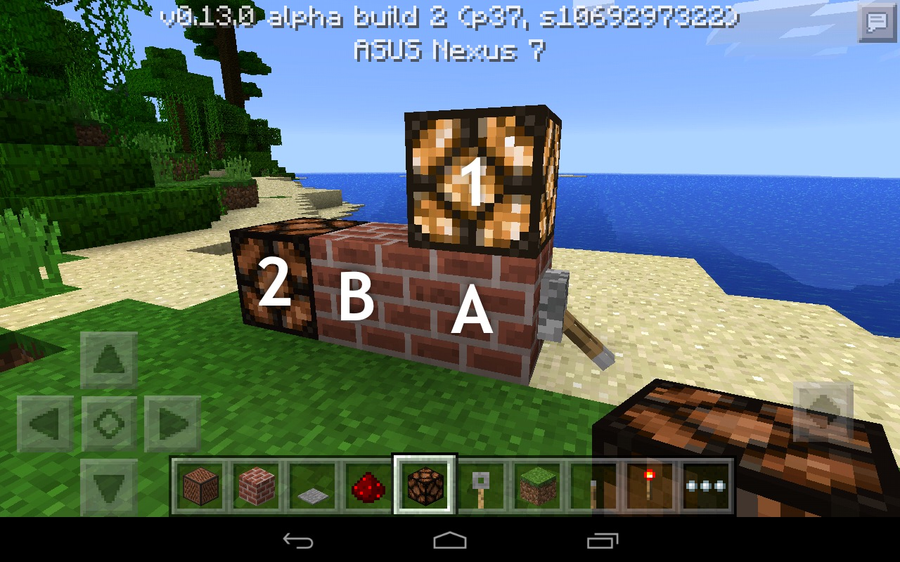
The powered block does not become a power source in itself, however. So, in the example above, while block A is powered (and is powering redstone lamp 1), it is not transferring power to block B, and therefore redstone lamp 2 is not turned on.
To transfer power over a distance we need to use…
Adding redstone dust
Redstone dust can be sprinkled on the ground to create wires, that sends redstone power from a power source over a great distance to a device.
In the image above, the redstone torch (the power source) is sending power to the redstone lamp (the device) through a trail of redstone dust.
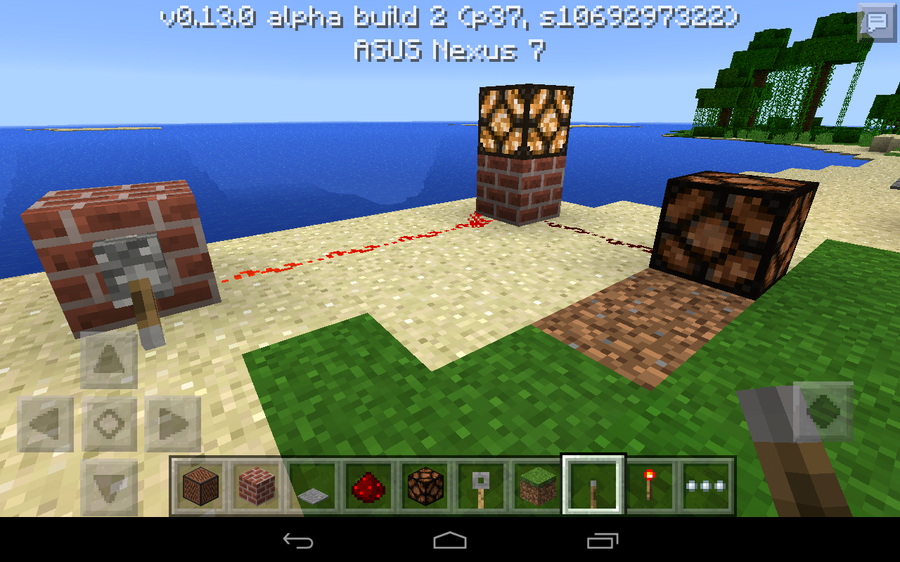
There are limitations to this. You can send dust to make a powered block (see above), which can turn on adjcacent devices, but those powered blocks cannot power a second trail of glow stone dust.
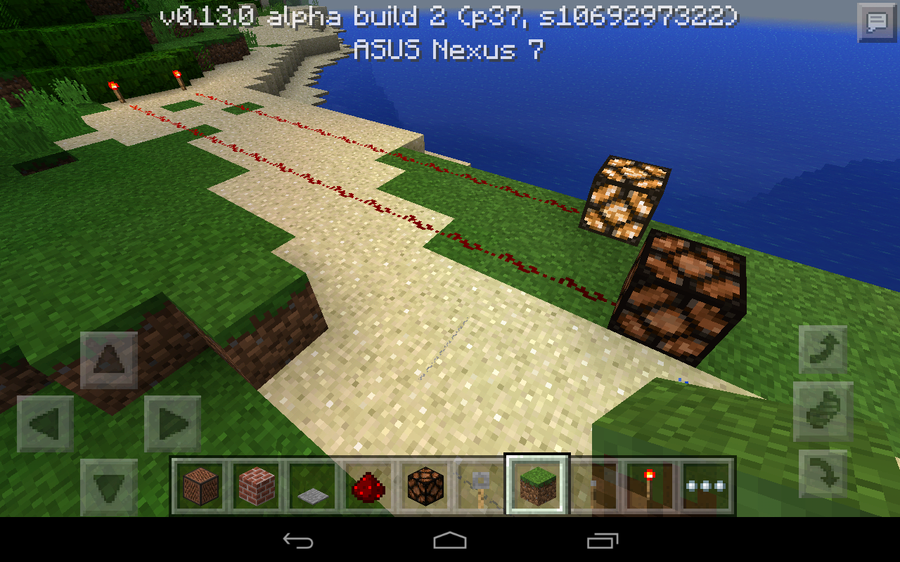
Also, power can only travel a certain distance. 15 blocks, to be precise, before the power comes to a stop. Sadly,
Pocket Edition does not yet have repeater blocks, so we can't extend it.
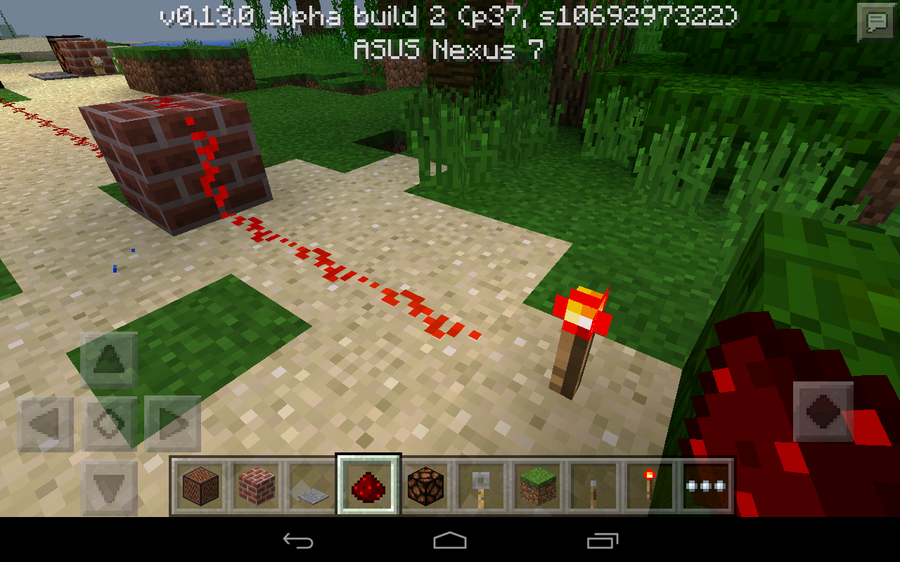
Redstone can travel vertically. Place redstone on the top of a block and if there's redstone leading to that block, a connecting wire will appear on the side.
It can only go up one block at a time, so you cannot create a straight vertical column of redstone wiring. You need to build stairs. With a little creative architecture work, you can create rather compact spiral staircases.
That's the basics. Now to put all that into practice with some real redstone power sources and devices.














